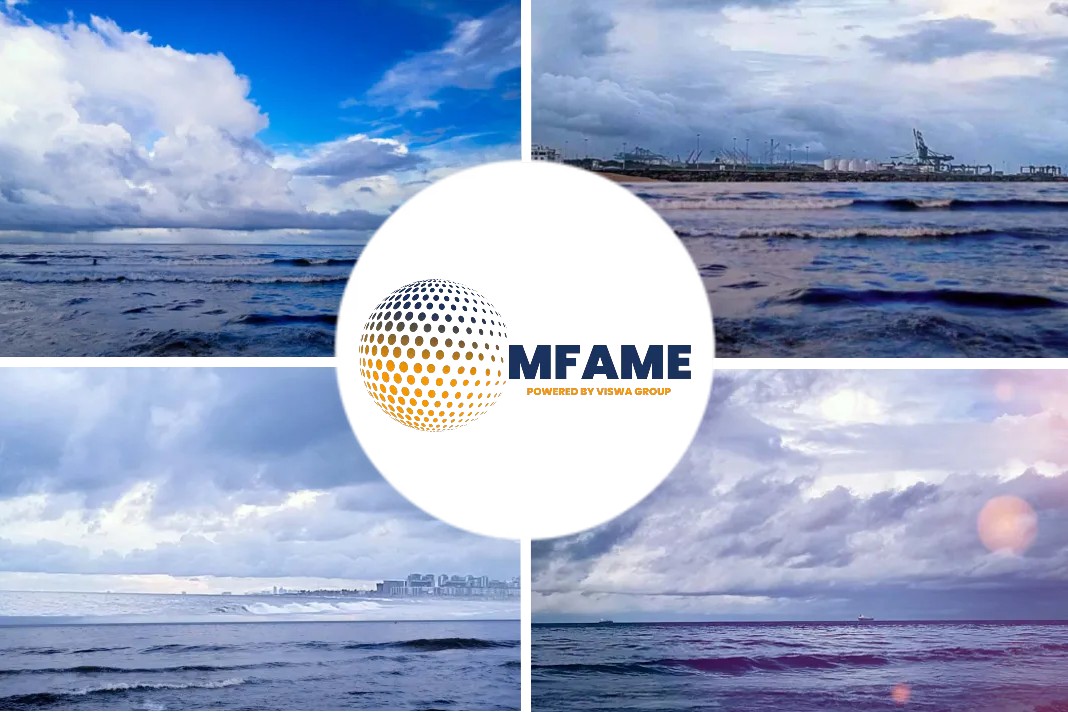
European inventories are unusually low at start of winter
In prior years, Russia was the largest supplier of diesel to Europe, but after sanctions were imposed on Russia because of the invasion of Ukraine, they have been scrambling to find new suppliers. In this month’s Oil Market Report, the IEA highlights the relatively low diesel and gasoil inventory levels in Europe as a result of this and due to lower local production of these products. This week we will take a look at what this might mean for the product tanker market.
In 2021, Europe’s seaborne diesel and gasoil imports from Russia amounted to 677 thousand barrels per day (Kb/d) according to Vortexa data. That represented 54% of the total 1.24 Mb/d of seaborne diesel and gasoil imports into Europe (excl Turkey). Imports from Russia continued until Feb 2023, when sanctions prohibited imports by EU countries. Overall imports increased as Europe built up inventory. After the EU ban on Russian products took effect in February 2023, overall imports decreased. However, long haul imports from the U.S., the Middle East and India have risen. Some countries, such as Turkey and UAE have boosted their imports of discounted Russian diesel to free up local production for exports, including to Europe.
The U.S. has also been a traditional exporter of diesel to Europe,they generally have a surplus of diesel as their transportation fleet is more gasoline focused while Europe is traditionally more diesel focused. Europe increased their imports from the U.S. by 140% in 2023 (from 72 Kb/d in 2022 to 173 Kb/d in 2023). India increased its diesel exports to Europe by 77% (from 84 Kb/d to 193 Kb/d) while imports from Saudi Arabia increased by 24% (from 197 Kb/d to 244 Kb/d). Obviously, this added to ton-mile demand for product tankers. Ton-Mile demand from diesel imports into Europe increased by 34%, even though the total volume shipped declined by 6% over the first 9 months of the year. These longer haul voyages have also led to an increase in the involvement of LR2s in European diesel imports. The volume imported by coated Aframaxes increased by 59%, compared to 2022, while MR volumes declined by 32%.European refinery runs have declined from pre-covid levels due to a combination of refinery closures (abt. 600 Kb/d) and lower utilisation rates. IEA data shows that refinery crude throughput rates in 2023 were about 370 Kb/d lower than in 2022, even though refining capacity is similar. When Saudi Arabia and Russia cut crude oil production, they limited the availability of the cheaper, heavier grades which typically have a higher diesel yield, so refiners produce less diesel, even with the same throughput. Growing demand for aviation fuel, as the Covid-19 pandemic recedes, has limited the available middle distillates for road diesel and heating oil. Some of these trends are global phenomena, which have tightened the diesel market worldwide.
As a result, Europe has not managed to increase their inventory levels to normal pre-winter levels (see figure 2). European middle distillate inventories are about 16% lower than the average of 2017 to 2021. In the winter of 2022/23 European diesel and gasoil demand benefited from relatively warm weather which kept demand for heating oil under control. However, Europe needs to step up their imports or hope for another mild winter.China has spare refining capacity, but their exports require government quotas.
Last year, China increased diesel exports from an average of about 130 Kb/d in the summer months to 470 Kb/d during the winter months. It is possible that high international diesel prices will make such quotas available again and that Chinese refiners will be allowed to boost their exports. While it is unlikely that China will export much diesel to Europe, these volumes will free up capacity of Middle Eastern and Indian refiners to ship additional volumes to Europe.
This sets us up for a potentially volatile product tanker market over the winter months. Low inventories will require more imports if demand unexpectedly increases due to a cold spell. The longer voyage distances from potential sources of diesel in the U.S., the Middle East or India will likely result in a scramble for tonnage to take advantage of arbitrage opportunities, boosting product tanker rates.
Did you subscribe to our daily newsletter?
It’s Free! Click here to Subscribe
Source : Capital link






















